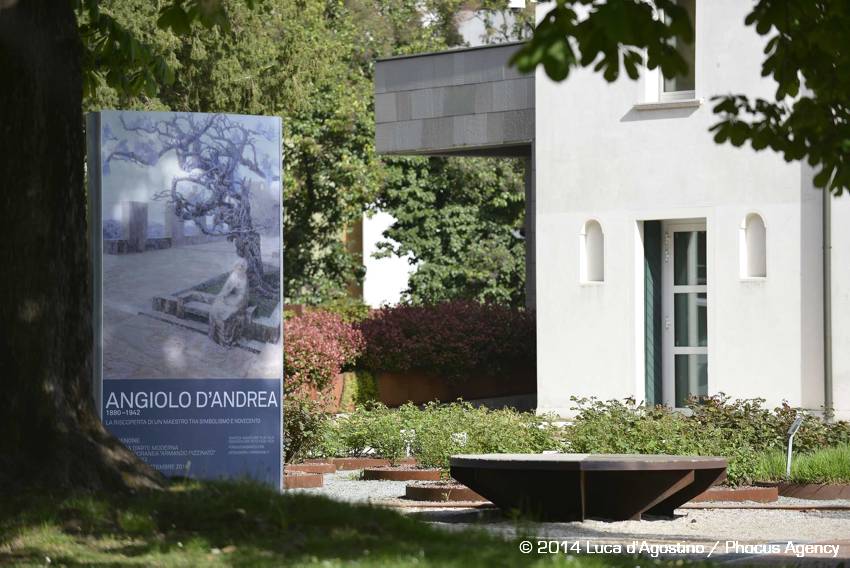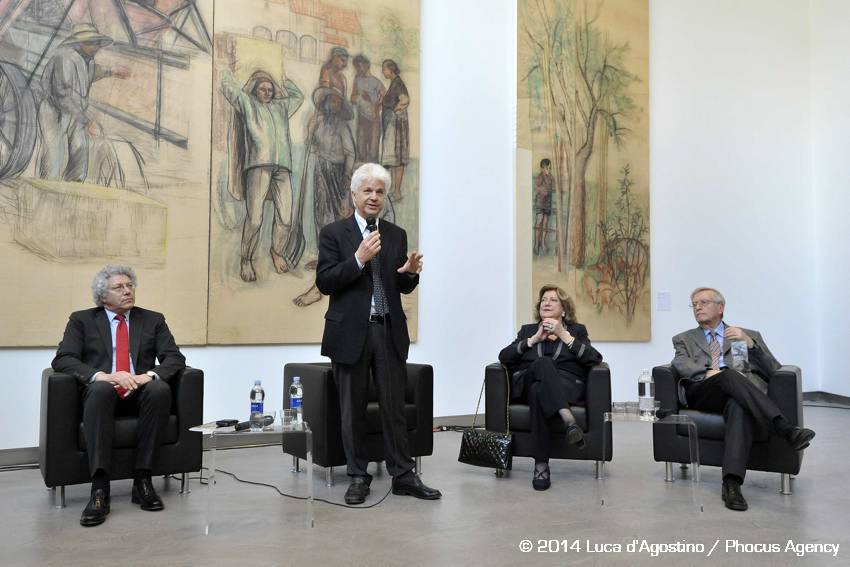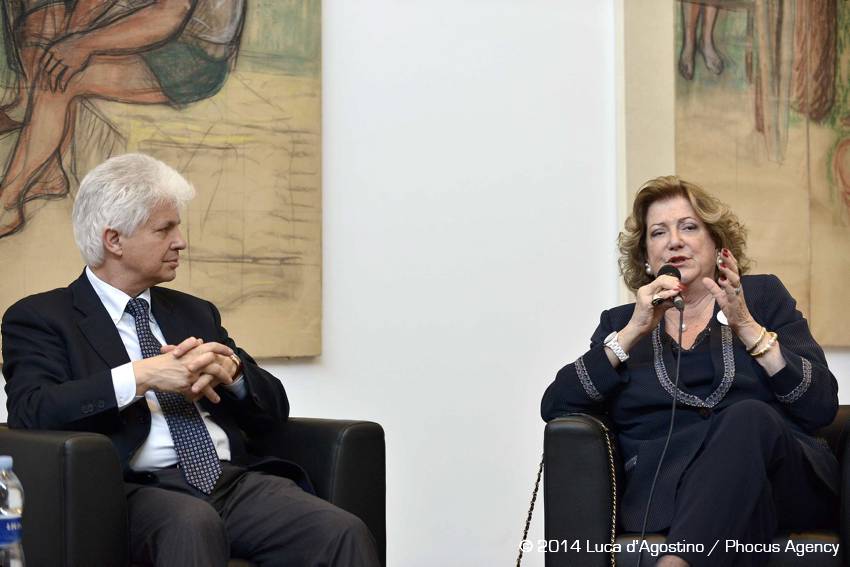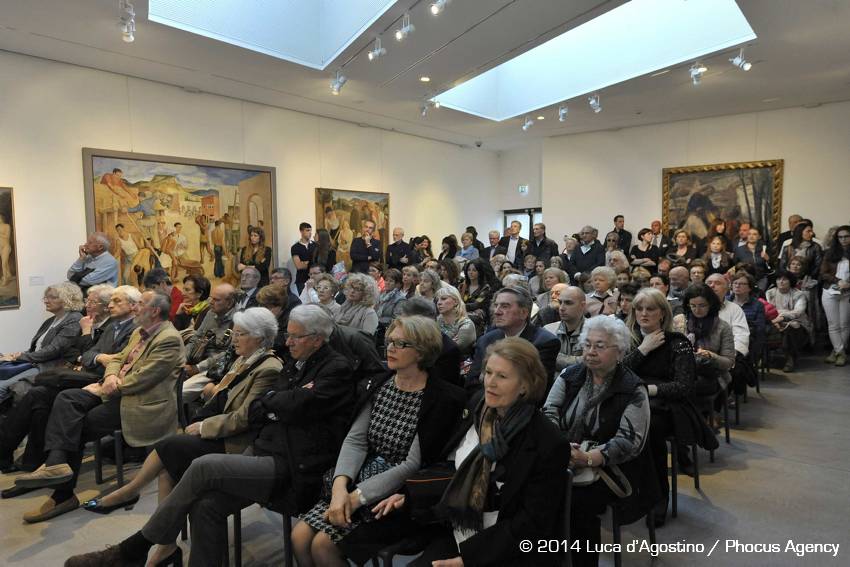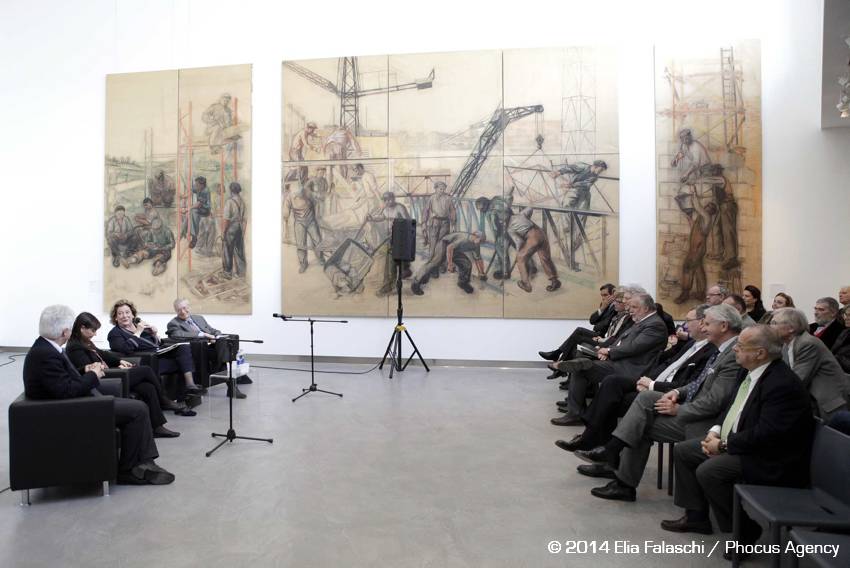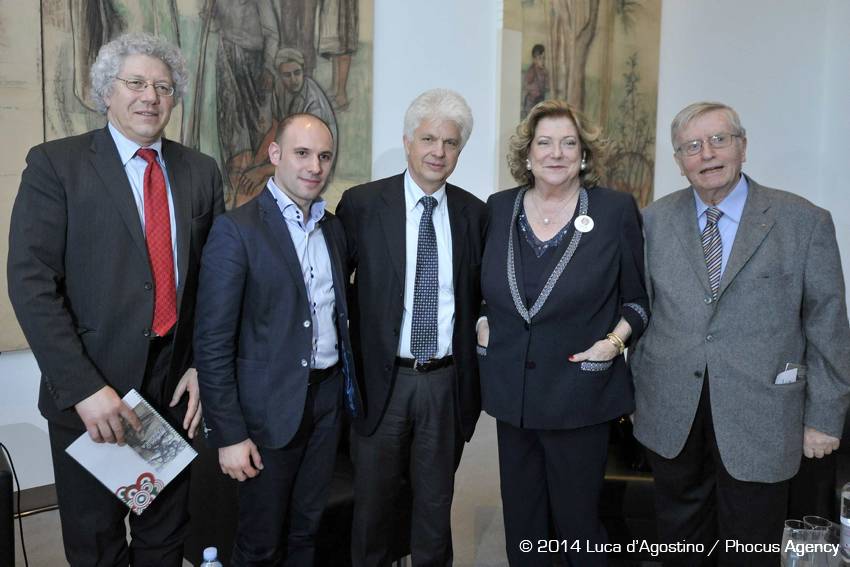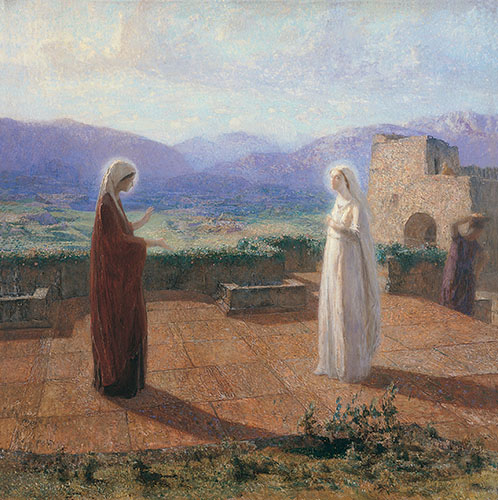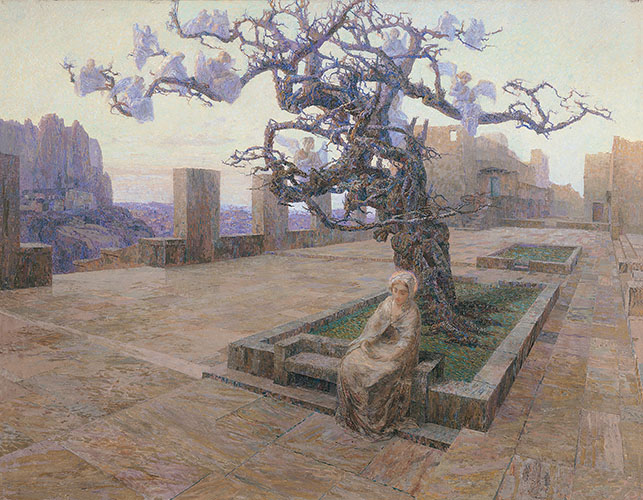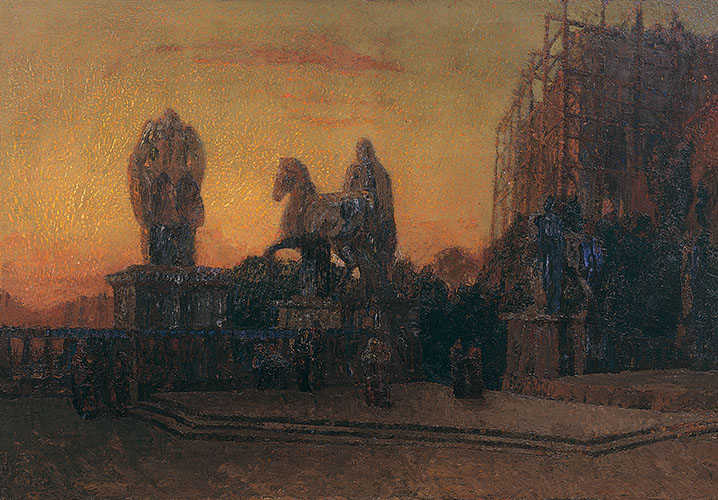The exhibition "Angiolo D'Andrea. Rediscovery of a Master of Symbolism and Twentieth Century", with more than one hundred and forty works, including paintings, drawings and decorations, aims to present a portrait and the work of a too little known artist, a protagonist of the vibrant artistic period of the early decades of the twentieth century.In the early decades of the twentieth century Angiolo D'Andrea (Rauscedo, Pordenone, 1880-1942) obtained flattering praise from critics and the market, especially in Lombardy and particularly in Milan, where he lived since 1906, participating in the National Exhibitions of Brera Academy and exhibiting in the famous Galleria Pesaro. In Milan he also worked in in architecture, including decorations for the the Palazzo Berri-Meregalli at Via Cappuccini, the Caffè Camparino in the Galleria Vittorio Emanuele II, and a series of stained glass windows for the chapel and the hall of benefactors of the Nuovo Ospedale Maggiore, Niguarda. In 1922 he exhibited at the Biennale in Venice, with the painting "Gratia plena“.Elio Bracco played a fundamental role in the rescue of the D' Andrea collection, purchasing a series of his works still present in his studio in Milan, just before the death of the painter, hoping to organise a major exhibition dedicated to him. The exhibition at the time was prevented by the war and is now finally mounted thanks to the contribution of the artist's heirs and enriched with fifteen works on loan from Italian museums: Palazzo Morando and Museo del 900 in Milan, Galleria d'Arte Moderna Ricci Oddi in Piacenza and Mart in Rovereto.The exhibition takes visitors on an itinerary from symbolic subjects to the hidden spirituality of the natural world, inviting contemplation of views and landscapes, and then focusing on painful snapshots of the Great War, ending with a parade of female figures, from eros to motherhood, and the suggestions of colorful flowers and still lifes. An exhibition that aims at last to provide an answer to all those who, walking through the centre of Milan, stopped off at the Coffee Camparino and, observing the beautiful decorations, wondered who was their creator.





